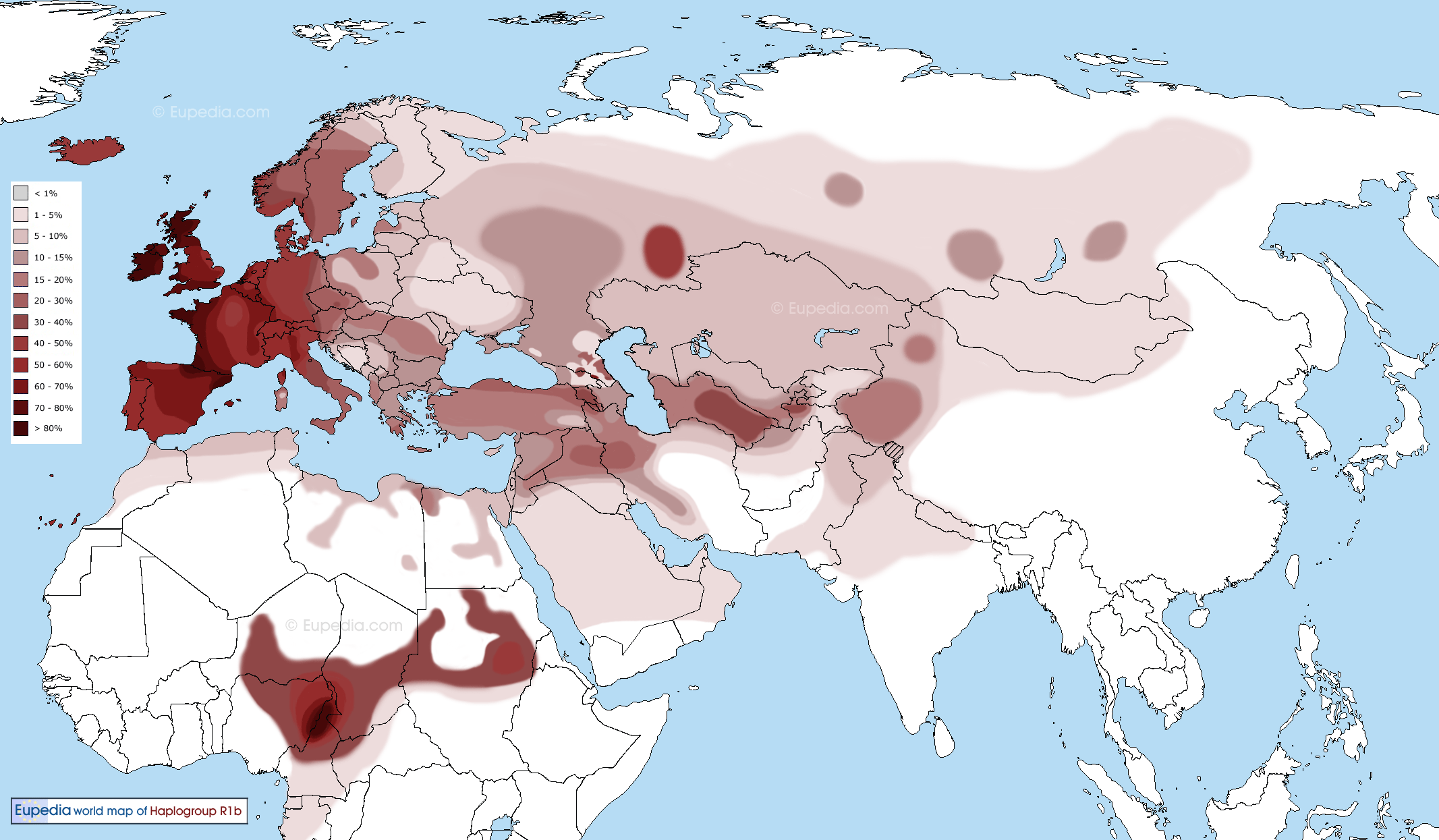As already wrote, the Akkadians came from the levant first settled in Sumeria in South and Central Mesopotamia merged and replaced the Sumerians and later conquered more lands towards North. North Mesopotamia was settled by Subarian, Hurrian and Gutian people. As seen with the statements of Assyrian King l Assur ubalit on Assyrian inscription in which he calls himself
conquerer of subaru and Gutian Lands.
http://de.wikipedia.org/wiki/Subartu
It is not clear if Indo European tribes were native to North Mesopotamia but certanly they were already there when the Akkadians and later Assyrians started to conquer more towards North as seen on archeological findings of Scythian, Cimmerian and even Hittite settlements in Subartu.
http://www.eupedia.com/forum/threads/30250-A-Stunning-Find-in-Kurdistan
by the way I am not saying they weren't in Northern Mesopotamia already earlier but only in a small part of it (around Niniveh and Eastern Syria). To the rest and majority of Northern Mesopotamia they expanded much later with the Assyrians as seen on various maps and sources.
The infamous Ninive city was inside North Mesopotamia, true, but the city was only a small part of the larger North Mesopotamian landscape and not even inside Iraqi Kurdistan which is more mountanious.
Later the Cimmerians, Scythians, Medes, Babylonians basically everyone who was sick of the Assyrian rule came together and conquered the city of Niniveh and destroyed the Assyrians totaly, so that they died out.
Kurdish is only part ergativ
It is still not clear when and how the ergativity reached modern iranic tongues. But I know from linguists themselves that Persian and even East Iranic tongues such as Pashto show signs of ergativity, just not so clearly because Farsi has lost Casus Obliquus. In the past the people thought ergativity came from Caucasian admixture but if that was the case than this Caucasian admixture was very early on because it is found in various Iranic tongues. Which makes sense since Iranic groups were neighbors to Caucasians for long time.
I was also told that some Parthian inscriptions in China showed part ergativity.




